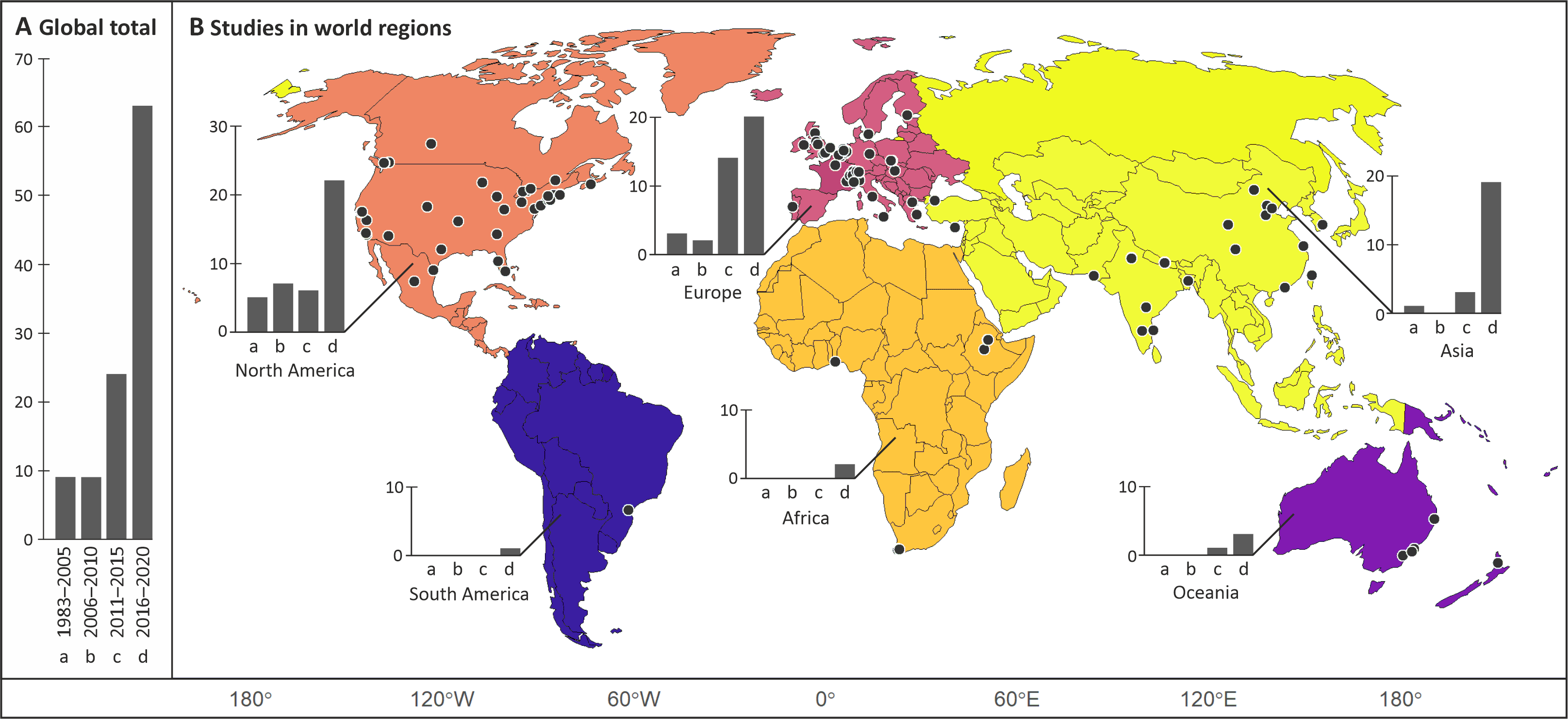Sonja Koivisto introduces her MSc thesis
Why study exercising with social media data?
Sports and exercising are an integral part of a healthy lifestyle. Keeping oneself active is known to prevent obesity and the risk of many chronic diseases. Globally, inactivity is the fourth most common cause of death. The Finnish government has acknowledged the importance of the issue by stating three objectives for encouraging exercise and supporting sports in the current government programme.
There is surprisingly little spatial research about sports in different parts of the Helsinki Metropolitan Area. Only a few sports facilities collect visitors’ statistics and often this information is not openly available. Therefore, I decided to study the topic using social media data. I wanted to find out how people exercise in different parts of the Metropolitan Area and which spatial factors affect the number of sports-related posts.
According to Statistics Finland, 80% of Finns use social media. Among people under 45-years-old, the number is over 95%. People post to social media about topics and activities that are close to their hearts, like sports for instance. The most popular social media platforms in Finland are WhatsApp, Facebook and Instagram. However, these platforms do not share their data for research purposes unlike microblogging platform Twitter. Twitter is used by 10% of Finns. Continue reading “Creating knowledge about exercising in the Helsinki Metropolitan Area using Twitter data”


